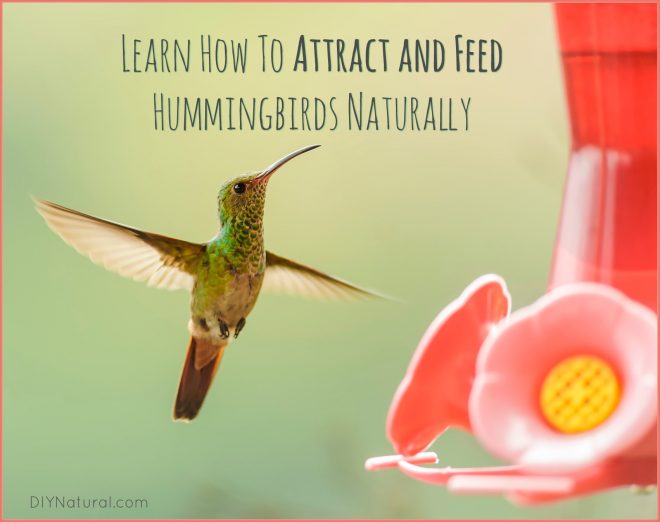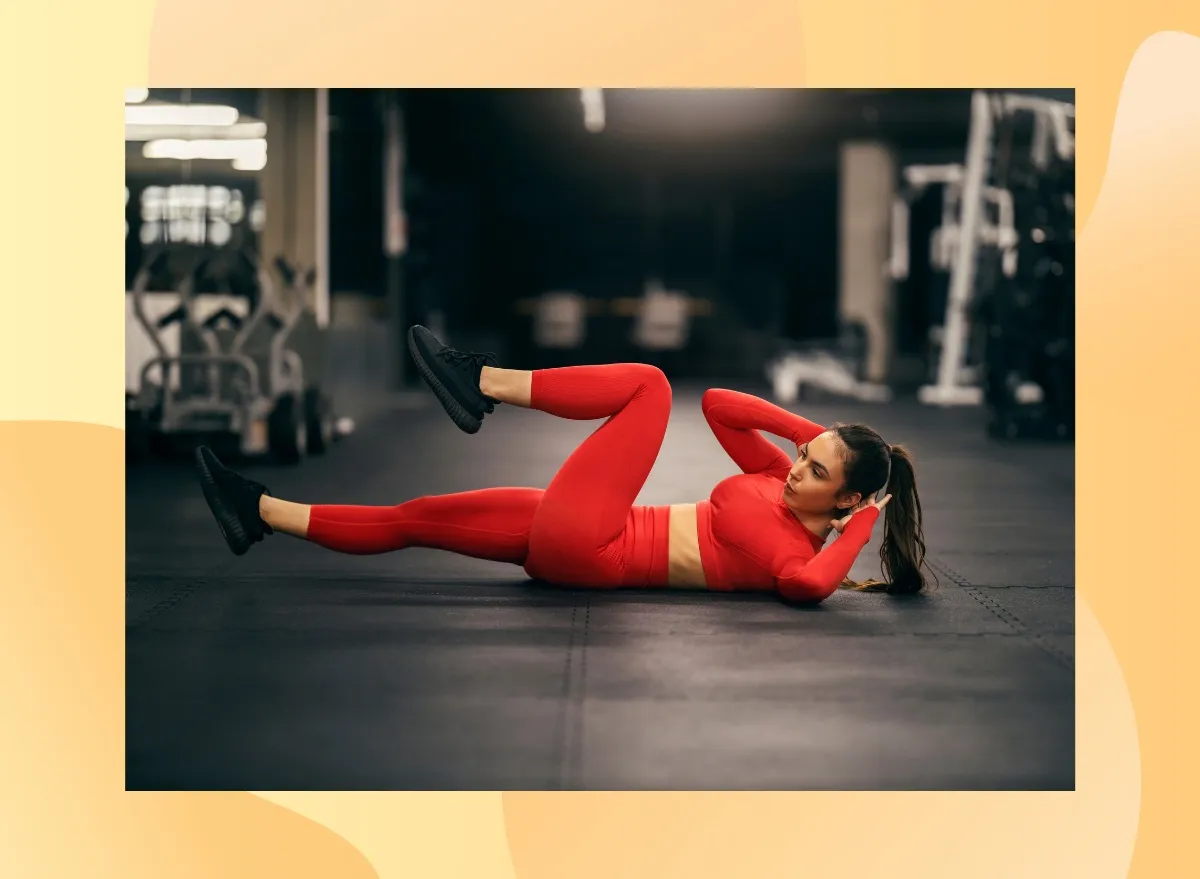

How to Attract Hummingbirds
I love to watch the hummingbirds. Every year I wait and wait until one day about mid-April, they finally show up, practically at my doorstep. I have fed them commercial nectars before, but I realized it was probably cheaper – and healthier for the little guys – to make my own.
Hummingbird Migration
To be ready for hummingbirds, you must first understand their migration patterns a little. Here in Western North Carolina we get the hummingbirds back each spring around tax day – April 15th. I put out my feeders early, just in case they come sooner than anticipated. It can vary for different locations. When I lived in Minnesota, we saw them around Mother’s Day, or around May 10th and then even later into Canada. (Yes, they really do go far into the north.) Then around October 15th, or later some years, they leave for Mexico or wherever they might stop for the winter.
We only have Ruby Throated Hummingbirds here in the East, but in the West you can see Roufus, Anna’s, Costa, Allen’s, and many more.
Natural Hummingbird Attractants
There are many flowers that will act as attractants for hummingbirds. Petunias come to mind first, having a long throat and bright colors. Hummers typically prefer reds and yellows, but have been known to frequent many other colors of flowers.
Here is a partial list of plants that hummingbirds particularly like:
- Black and Blue Salvia
- Red Annual Salvia
- Pineapple Sage (both green and golden produce red flowers)
- Bee Balm (also known as Monarda or Wild Bergamot)
- Agastache (such as Anise Hyssop)
- Aloe Vera (they love the tubular flowers)
- Columbine
- Cleome
- Fuchsia
- Red Hot Pokers
- Shrimp Plant
- Milkweeds (both tall and Asclepias)
- Honeysuckle
- Foxglove
- Butterfly Bush
There are many others plants to choose from. Some, like honeysuckle, give you choices that range from vine, to bush, to large shrub. And there are many colors to choose from as well.
Planning a Hummingbird Garden
Location & Shape
When I plant a garden to attract hummingbirds, I look for a few things. First, most plants that attract hummingbirds love full sun. Pick a sunny spot that gets at least 4-6 hours of sunlight each day.I usually plan kidney shaped gardens to show some interest rather than straight lines.
Water Features
In the center, I have a water feature. This can be as simple as a bird bath or as complex as a pond with a fountain. The last garden I designed had a small pool-free pond with a waterfall spilling water into it. By pool-free, I mean that there is a pool, but I covered it with screen and then put rocks on top of that. It gives the illusion that the water is disappearing into the earth. It has the added bonus of safety. There is no exposed water for pets, wild animals, or even a curious toddler to fall into.
I built the waterfall to spill onto the screen with a low rise. The total was about two feet tall. At the top I put a large stone with a shallow dip in the center. This formed a small pool that not only the hummingbirds, but other birds, loved to play in. A small pump was placed in the pool under the rocks with a hose coming up to the top of the waterfall. At first, it was too much pressure and the water splashed everywhere. I controlled it with a C-clamp which put pressure in the hose, slowing down the water coming out. The end result was more like a babbling brook.
Choosing Plants
Try to choose plants that have varied bloom times. I have some that bloom in the spring, others in the summer, and even more that bloom in the fall. Hummingbirds are tiny creatures that require lots of food to keep them going.
Planting
When deciding where to plant things, the tallest plants should go towards the middle, or to the back if the garden is against a wall. Then add medium plants around those, finally ending with low plants around the border. You could plant them like a cottage garden, but when they are all mixed up, you could miss something! With the tallest plants to the back or center, you’ll be able to see much more.
READ RELATED: Vicky Pattison speaks of her heartbreak at holding off on having children
Skip the Red Dye
Almost all of the commercial nectars that I’ve found contain red dye. This is used to attract hummers since they are partial to the color red. Skip it – they don’t need it. They will find the food just fine without it. There is some evidence that it could cause health complications, so I steer clear of it just to be sure.
That being said, most hummingbird feeders are made with red tinted plastic, and usually contain yellow or other bright colors too. (Find a red plastic one here or a gorgeous red glass one here.)
Hummingbird Food Recipe
Even though I use plants to attract hummingbirds, I still feed them. I used to make a mixture that was half sugar/half water, but now research says that this mix can be damaging to the kidneys. So my new mixture is: ½ cup of sugar to 2 cups of water. This mix is still strong enough to keep them coming back, but not so much that it endangers their health.
I also switched to a natural raw cane sugar rather than white sugar for much the same reasons. The raw sugar still has some molasses in it, so bacterial growth can occur in the feeders, especially if they are in the sun a lot. I change mine every 2-3 days to be sure it’s safe for them.
It might be tempting to try sugar alternatives like honey or stevia, but don’t. Honey, which in its natural state is a great food source for us, can become toxic for hummingbirds when water is added to it. Bacteria and fungus thrive in honey/water solutions, so it is not advised to use it. And stevia, although it is natural, has no actual food for the hummers, so they would literally starve to death. Stick with sugar in this case.
Making DIY Nectar
When I make the nectar, I start by mixing ½ cup natural cane sugar and ½ cup hot water in a bowl. When the sugar is all dissolved, add the remaining 1½ cups water, then pour into the feeder.
When you change the nectar or refill the feeders, be sure to clean the feeder well. I’ve had mold form on the flowers from which the birds are drinking. Use a brush, like a baby bottle brush (or these specially designed brushes), to get into the feeder. It also works well on the outer parts.
Troubleshooting Problems With Your Feeder
Ants can sometimes be a problem. I smear a light coat of petroleum jelly on the wire about 5-6 inches long. No ant will get through that.
Bees and wasps can sometimes come for a drink. You can discourage them with bee guards, little cages that go over the spout where the birds drink. Don’t worry, the hummingbird’s beak is plenty long enough to still get in and they learn to adapt very well.
Bears can sometimes be a problem, as well as raccoons and opossums. Take your feeders in at night if you think this might happen.
Do you have any tips to share for attracting hummingbirds to your yard?
*******
Source: DIY Natural







